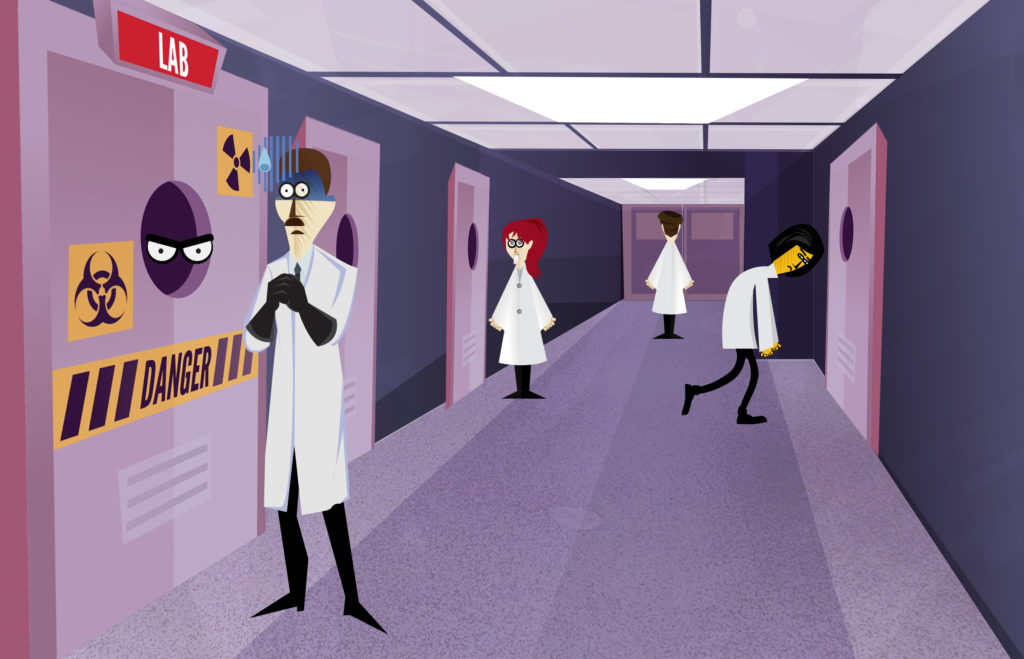
On the southeast corner of the University of Houston campus resides one of the most highly lauded, well-run animal facilities in the country: Animal Care Operations (ACO). Particularly renowned for how efficiently it is managed and maintained, ACO recently received continued accreditation through the Association for Assessment and Accreditation of Laboratory Animal Care (AAALAC) International.
“(Full accreditation) is an assurance to the granting agencies that UH not only complies with regulatory standards but also goes the extra steps to implement current practices that are required by law. This ensures that programs are continually improving in order to achieve excellence in animal care programs,” explained David Brammer, D.V.M., the executive director and chief veterinarian for Animal Care Operations.
So, exactly how does the ACO team maintain such a high level of internationally recognized safety and efficiency?
The Toyota Way
One way the ACO maintains its facilities is by implementing Toyota’s principles for efficiency.
The Toyota Production System (TPS) is based on the philosophy that the ideal manufacturing conditions are made by eliminating waste in pursuit of the most efficient methods. Kiichiro Toyoda, son of Toyota founder Sakichi Toyoda, inherited this idea, as he proclaimed that “ideal conditions for making things are created when machines, facilities and people work together to add value without generating any waste.”
The Toyota spirit of “monozukuri” (making stuff) has become known as the Toyota Way. The Toyota Way has seen its influence not just within the automotive industry, but in large facilities around the world, including animal care labs at UH.
“In the spring, the entire ACO department went to tour the Toyota production facilities to see and appreciate how lean management tools are used in the 2,000,000-square-foot assembly plant,” explained Brammer.
During the visit to the Toyota production facilities, Brammer admired the airtight, razor-sharp efficiency with which they are managed. When asked what impressed him most, he could not choose just one thing, answering, “Standardization of processes, job tasks, materials and tools were obvious. It was also obvious that all processes were integrated and you could easily see how one station affected all other stations.
Reducing Waste
It was also impressive how the vendors remove all paper, cardboard and plastic from the assembly line, making the entire assembly line a zero-landfill facility.”
TPS practices concentrate on eliminating non-value added work and increasing efficiencies.
“This practice works regardless of size and can be scaled as the organization grows. There is no doubt that a 2,000,000-square-foot assembly plant must have a system to function. Without a system to stay organized and focus on the standardized work, there is little doubt that a coordinated effort to produce Toyota trucks could be achieved,” explained Brammer.
“We hope to incorporate some of these practices into our own facilities to reduce the waste.”
Improving Safety
One way the ACO ensures safety is through the use of personal protective equipment (PPE). PPE is critical to the scientific process because it allows researchers to work with minimal concerns about safety.
“One idea we incorporated is posting the proper personal protective equipment needed in some areas. In collaboration with Shasta and Sasha, we now have posted in our animal facilities an image of one of our mascots in the proper protective clothing.”


